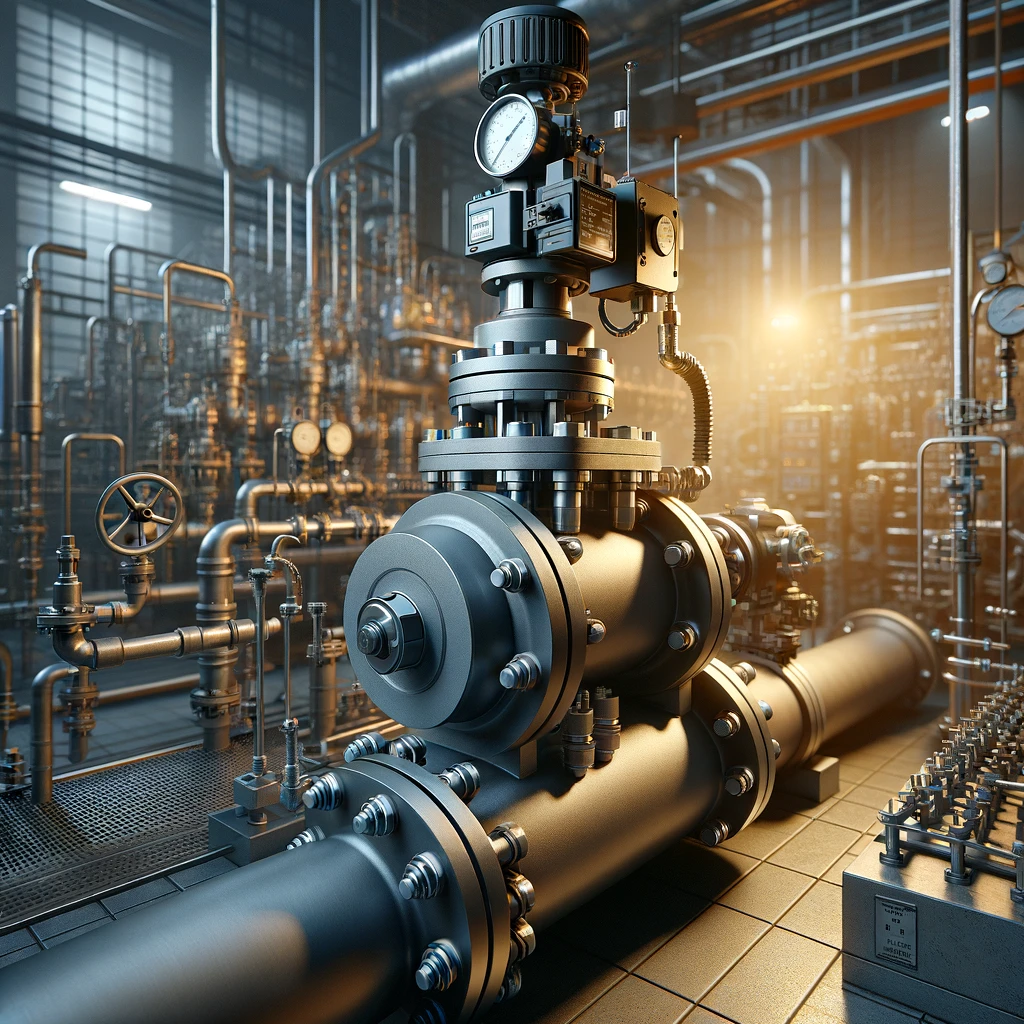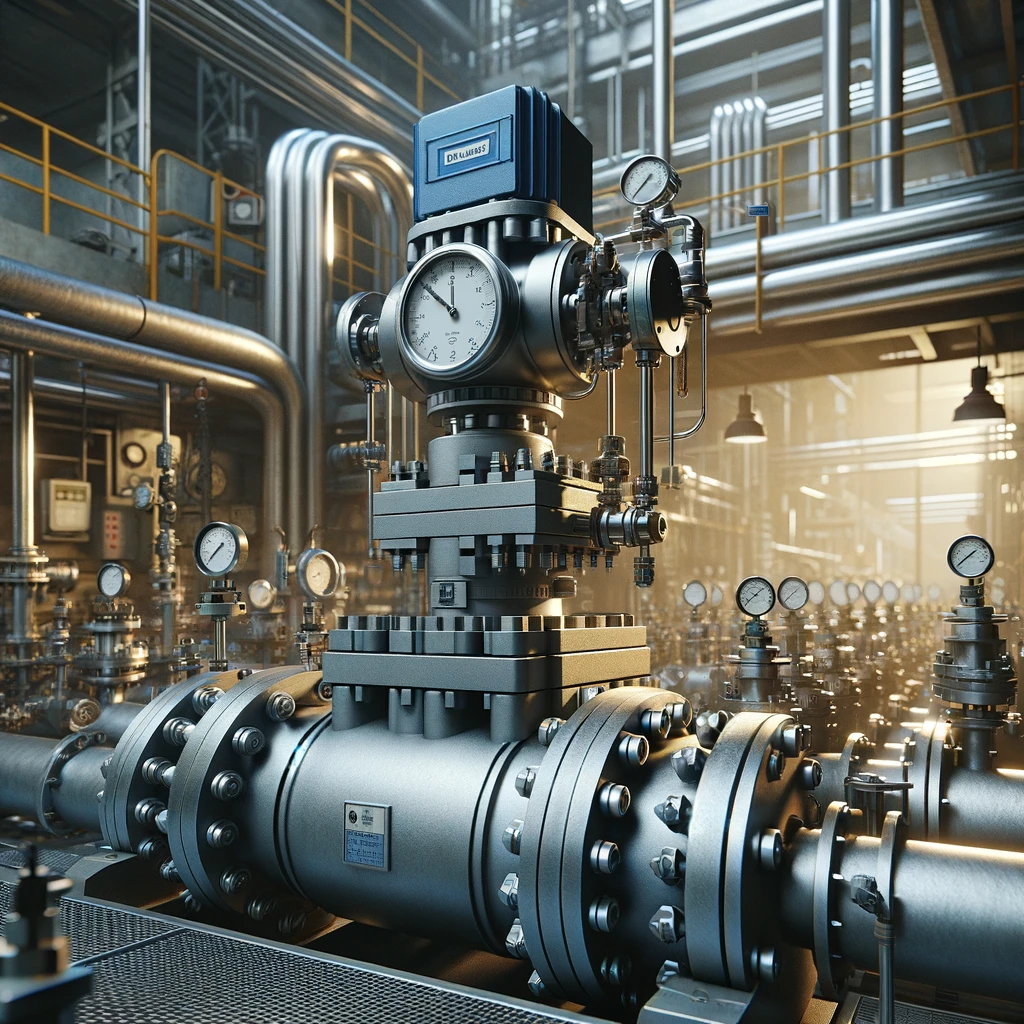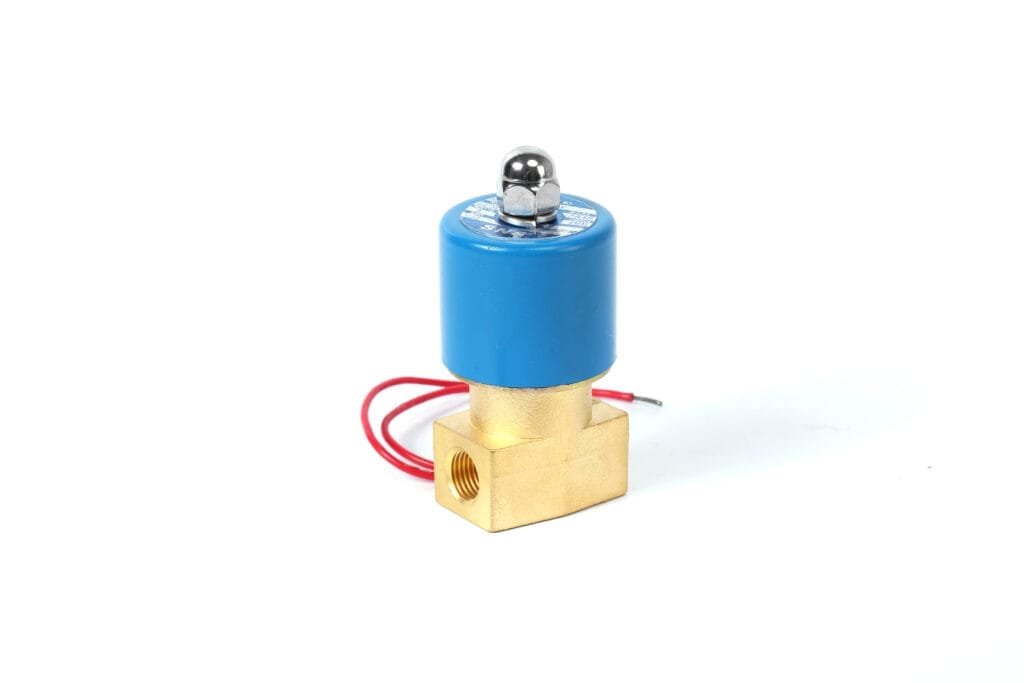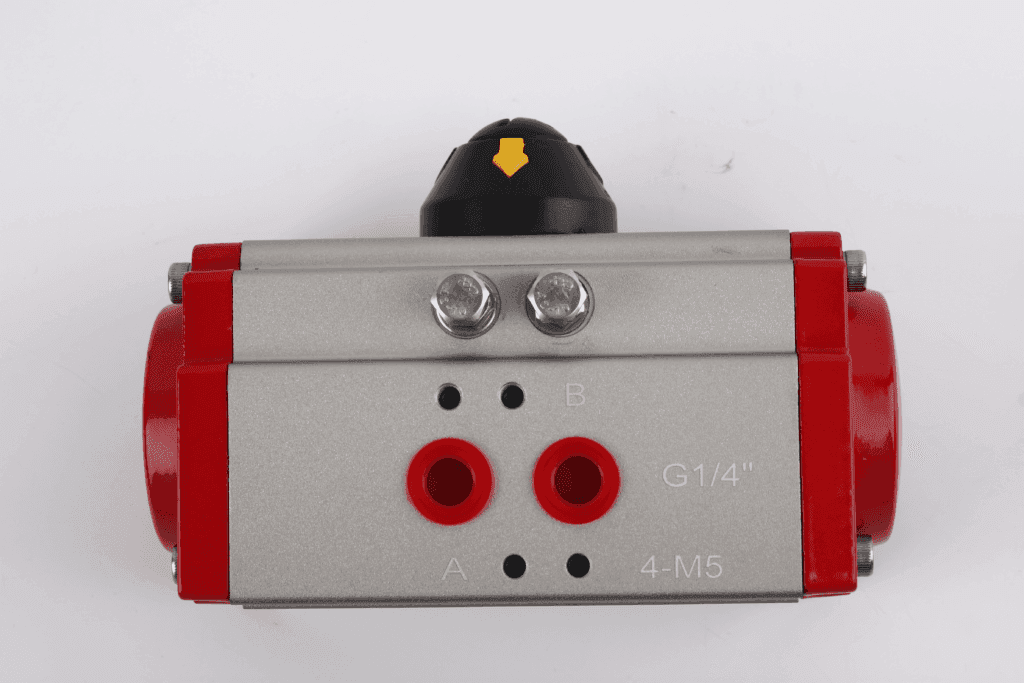How Does a Pneumatic Actuator Work
A pneumatic actuator converts compressed air into mechanical motion to control or move a mechanism or system. This action is achieved by the air pressure acting on a piston inside the cylinder, creating linear or rotary motion depending on the design.
Pneumatic actuators are essential components in various industrial applications, offering reliability and simplicity in controlling valves and other mechanisms. Understanding their working principle can help in optimizing performance and maintenance strategies in pneumatically controlled systems.
How Does a Pneumatic Actuator Work
The core principle behind a pneumatic actuator’s operation lies in the conversion of energy from compressed air into mechanical movement. This transformation is fundamental to the actuator’s functionality. It leverages the potential energy stored in compressed air, converting it into kinetic energy. This process involves directing the pressurized air through a controlled pathway within the actuator.
Intake Stroke
The intake stroke is a critical phase in the operation of a pneumatic actuator. During this stage, compressed air enters the actuator. This air pushes against a piston or diaphragm, causing it to move. The movement of the piston or diaphragm translates into mechanical force that can be used to perform work, such as moving a valve.
Control valves regulate the flow of compressed air into the actuator. The amount and pressure of air allowed into the actuator during this phase determine the speed and force with which the actuator moves.
Air filters are often employed at the intake to ensure clean air enters the system.
Lubricators may also be integrated near the intake to minimize friction between moving parts during operation.
Exhaust Stroke
During this stage, compressed air that has previously powered the actuator is expelled. This expulsion occurs after the intake stroke, where compressed air enters to create motion. The exhaust stroke essentially resets the actuator, preparing it for another cycle of operation.
The process starts when control valves within the actuator system redirect airflow. Instead of incoming air pushing against pistons or gears to create movement, the valves open pathways that allow enclosed air to escape. This release reduces internal pressure and allows springs or other return mechanisms within the actuator to push back—effectively returning the actuator components to their starting positions.
Efficiency during this phase is vital for effective operation. If an exhaust stroke is sluggish or obstructed, it can slow down response times and reduce overall performance of the pneumatic system. For instance, if vents are too small or clogged with debris, they could restrict airflow and prevent quick depressurization.

How Do You Control A Pneumatic Actuator?
Controlling a pneumatic actuator involves regulating airflow and pressure within the system to manipulate the movements of the actuator. Valves play a key role in this process. There are several kinds of valves, including directional control valves, flow control valves, and pressure relief valves, each serving specific functions in controlling the actuator.
Directional control valves dictate the path of compressed air. They determine whether an actuator extends or retracts based on their configuration. The number of valve ports and positions influences how precisely one can control the actuator’s movement.
Flow control valves adjust the speed of the actuator’s movement. By regulating the rate at which air enters or exits, they manage how fast or slow an actuator operates. This is crucial for applications requiring precise speed adjustments.
Pressure relief valves ensure safety by maintaining pressure within safe limits. They release excess air if pressure surpasses a pre-set threshold, preventing potential damage to the system or injury to operators.
Electric controls often manage these valves through solenoids that activate with electrical signals. This integration allows for remote operation and more precise control over the pneumatic actuators, catering to complex automation systems.
Additionally, sensors play a pivotal part in feedback loops, providing real-time data on position and pressure. This information is essential for accurately controlling actuators in more sophisticated setups where precise movements are critical.
In Conclusion
In essence, pneumatic actuators transform compressed air into mechanical motion, serving as an essential component in various industrial applications for precise and reliable automation.
To deepen your understanding of pneumatic actuators or explore their diverse applications further, consider reaching out to industry experts or consulting with a professional supplier. This step will ensure you leverage the full potential and efficiency of pneumatic actuator technologies in your operations.



